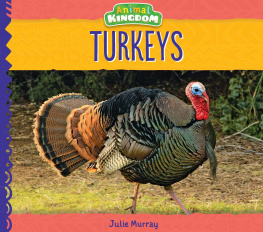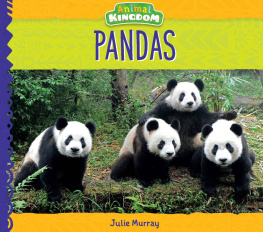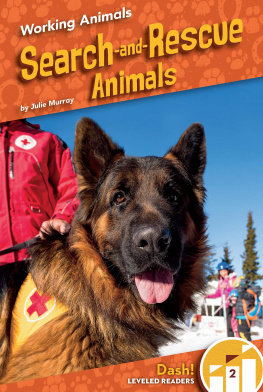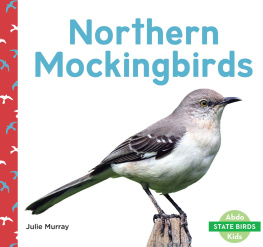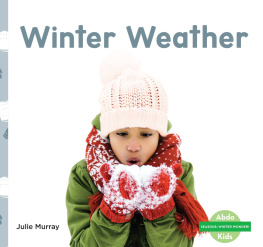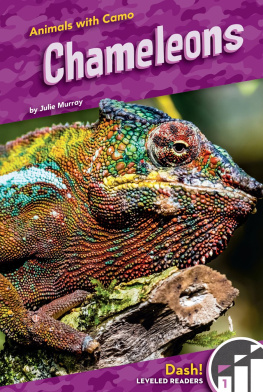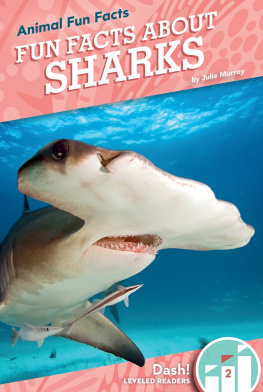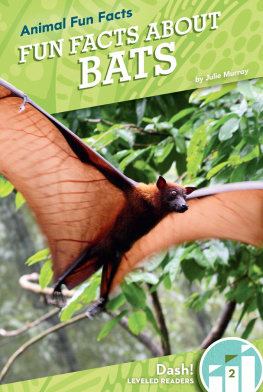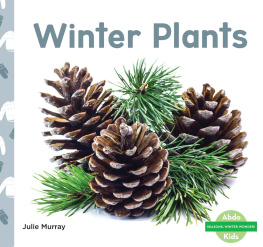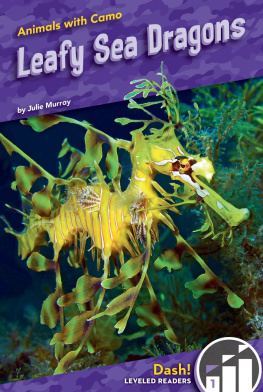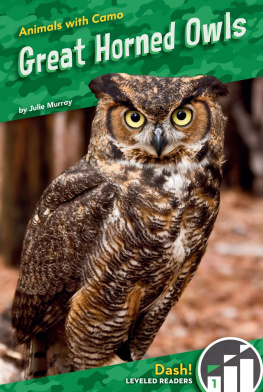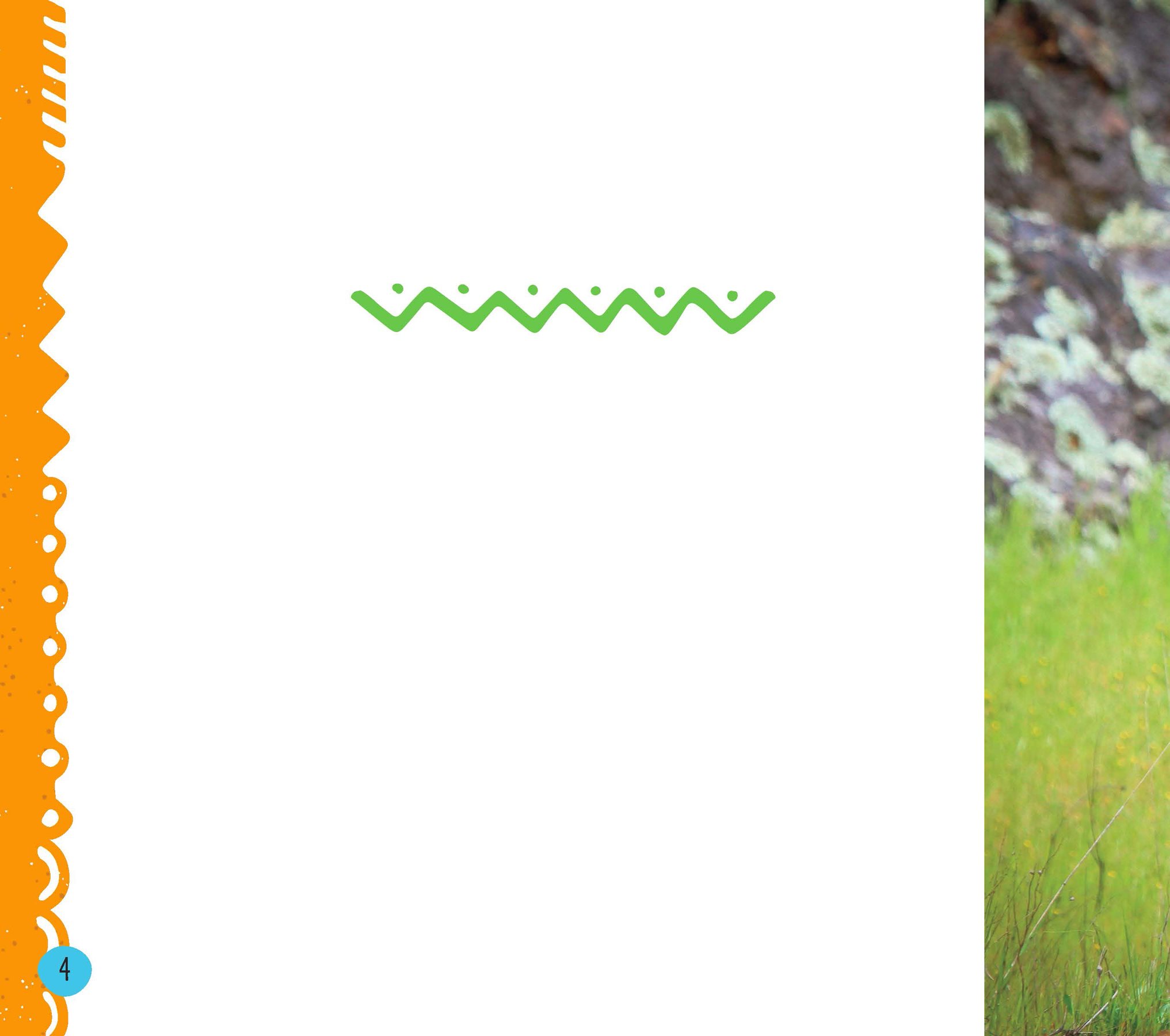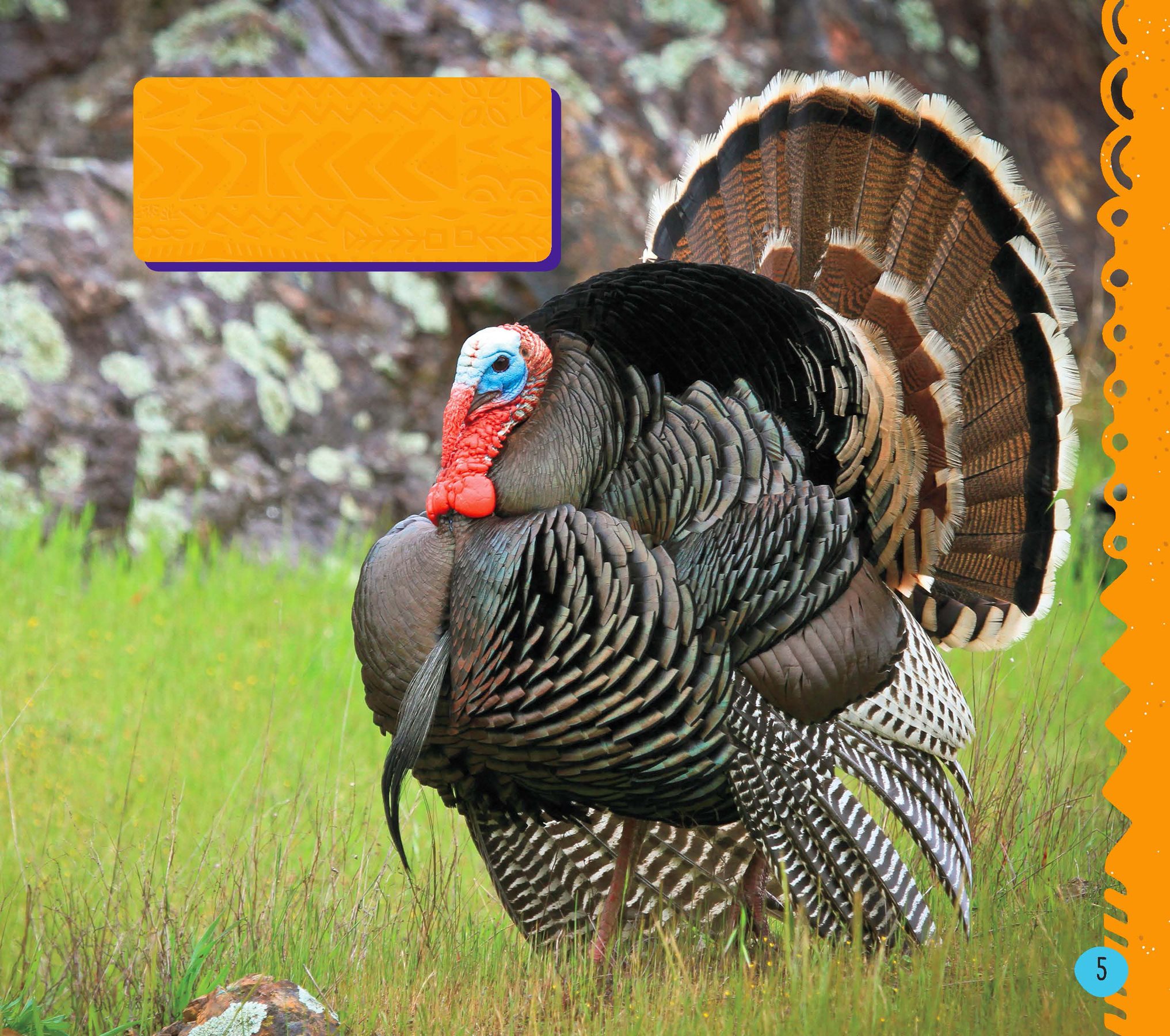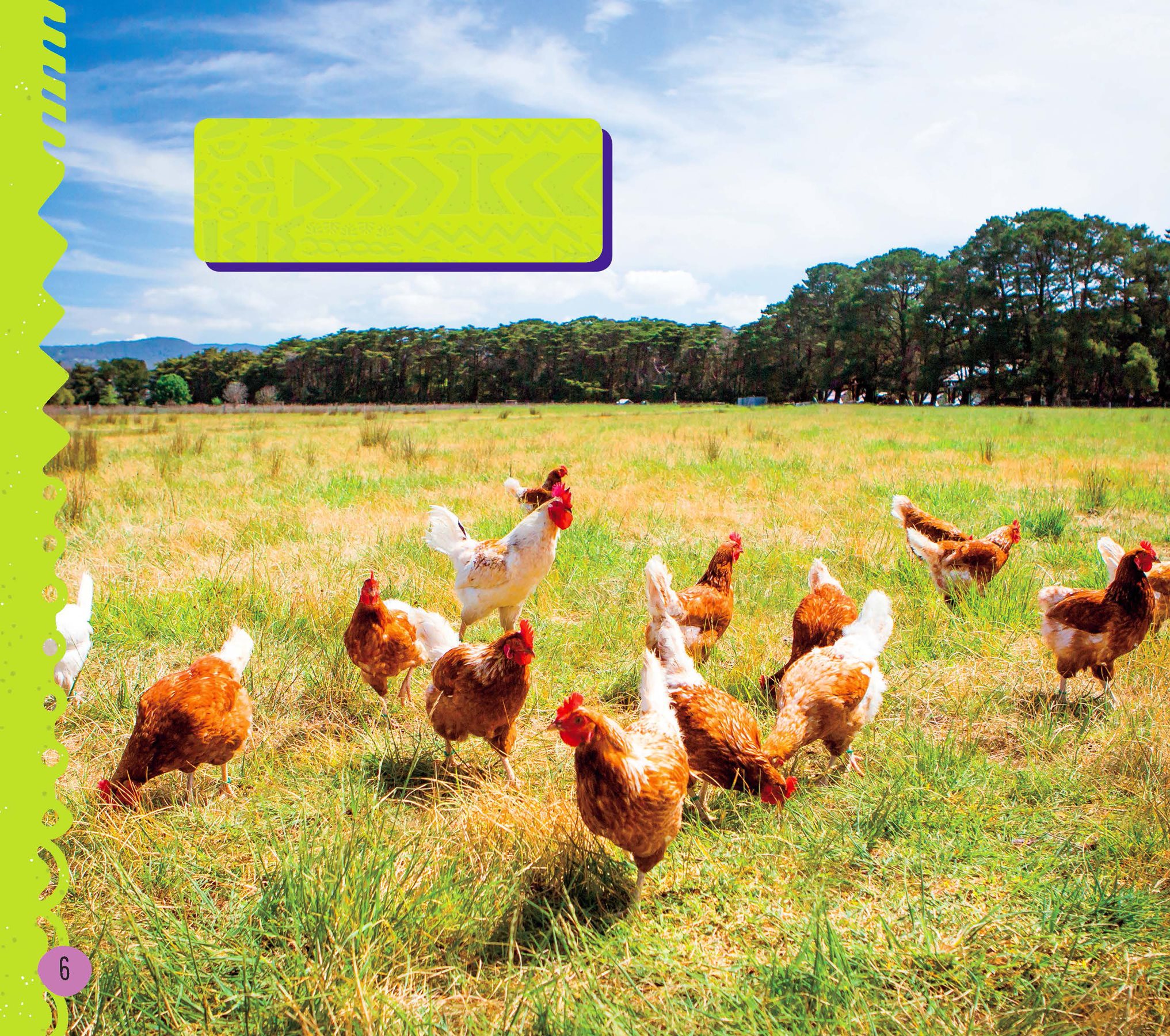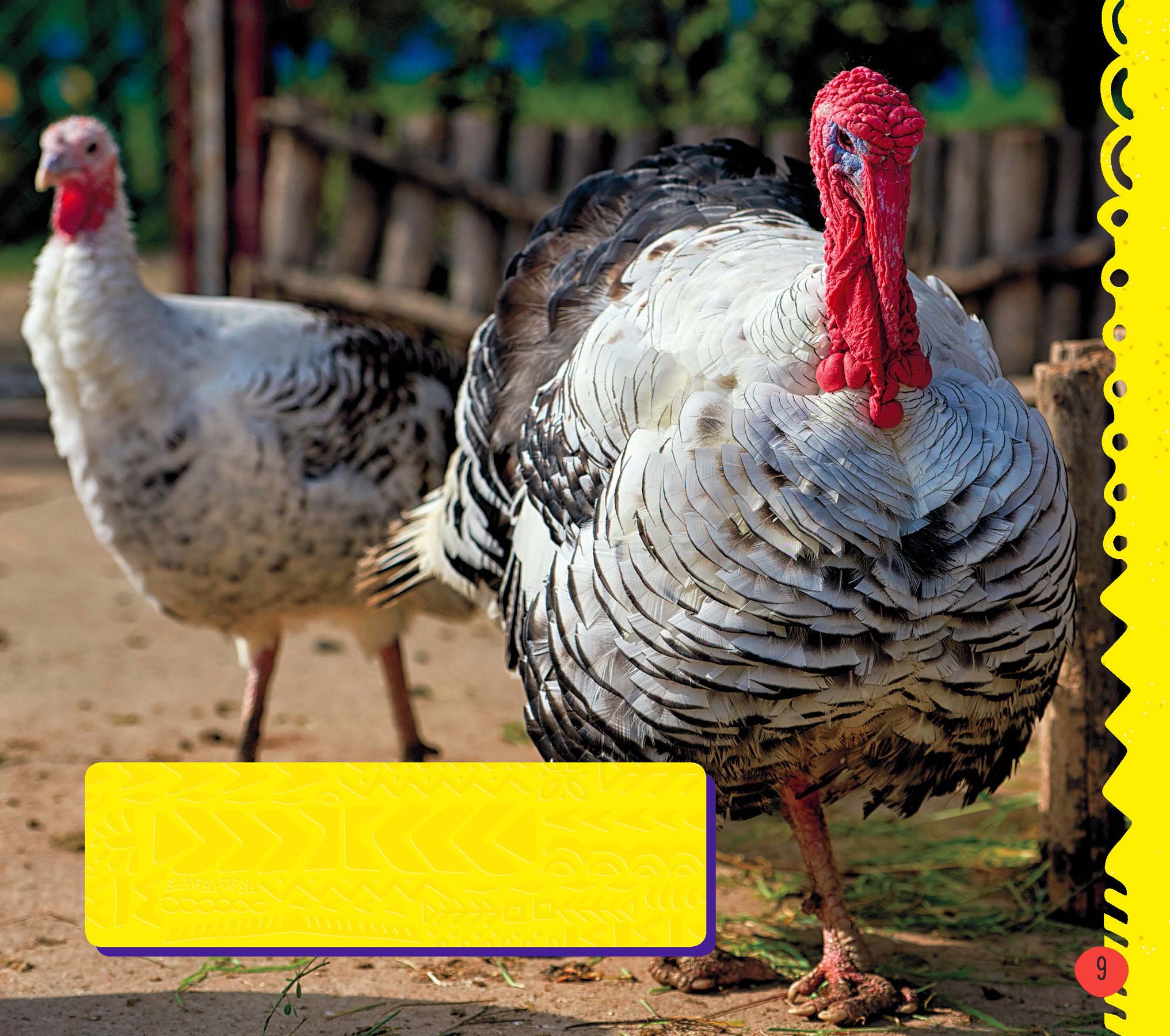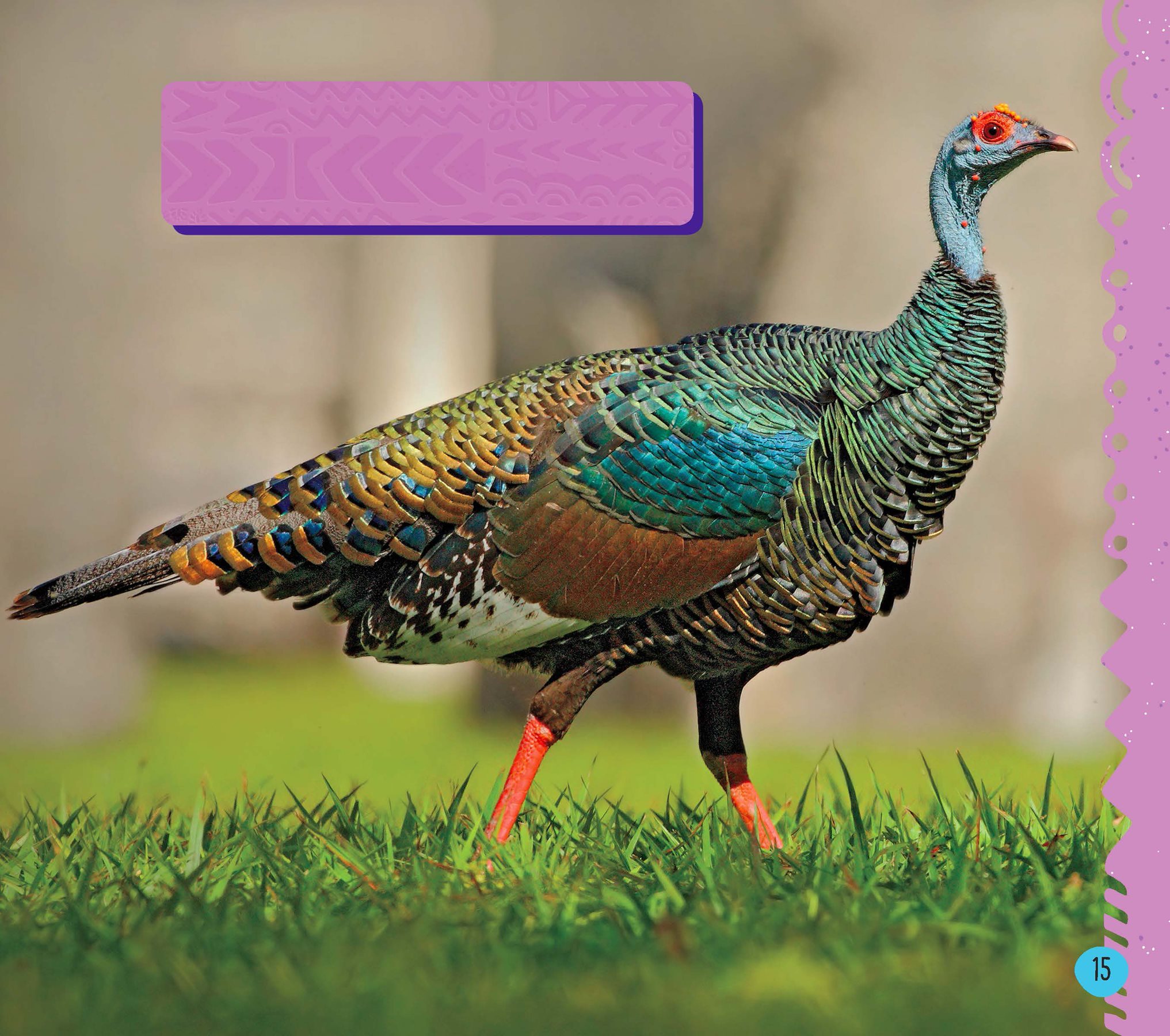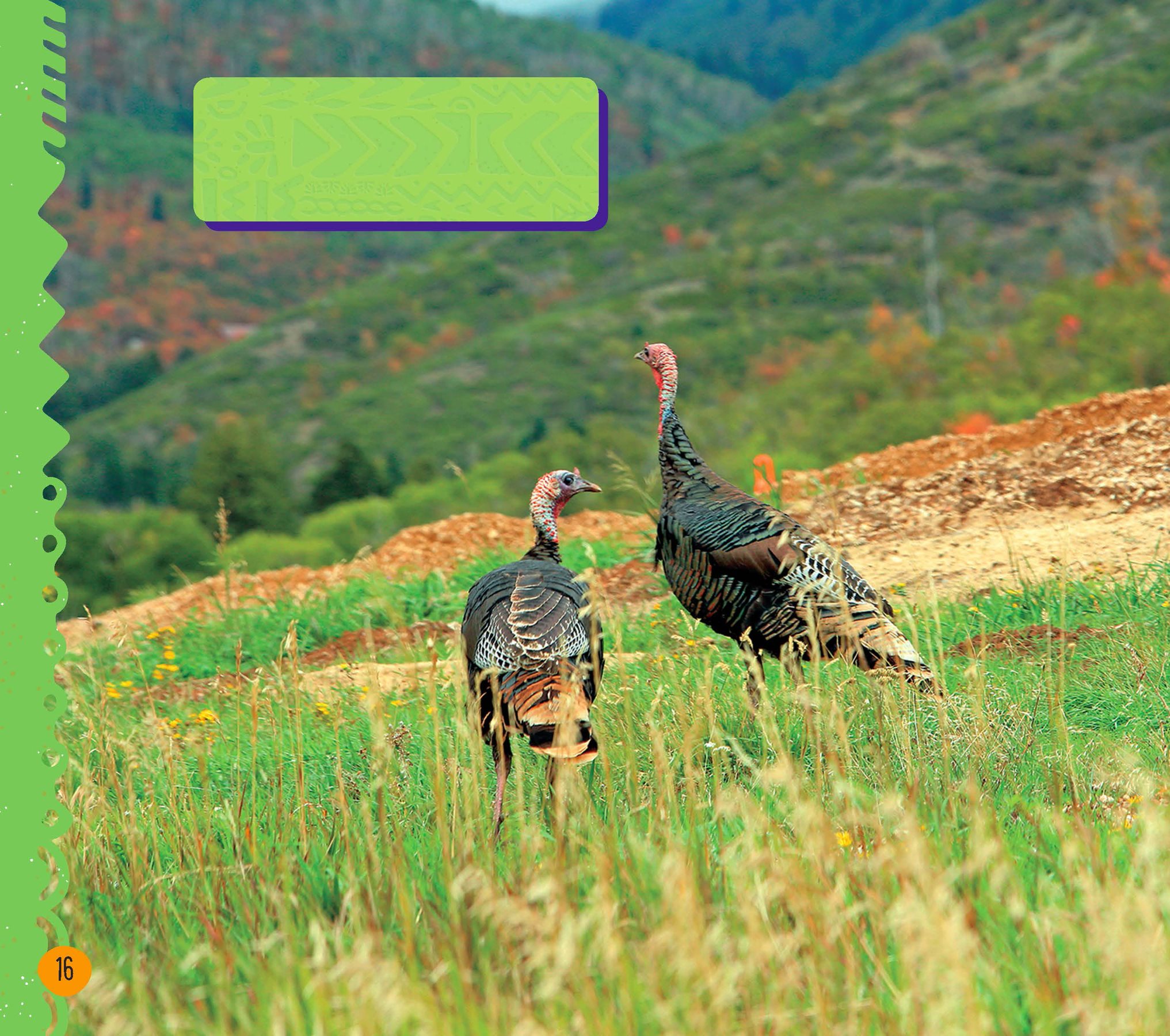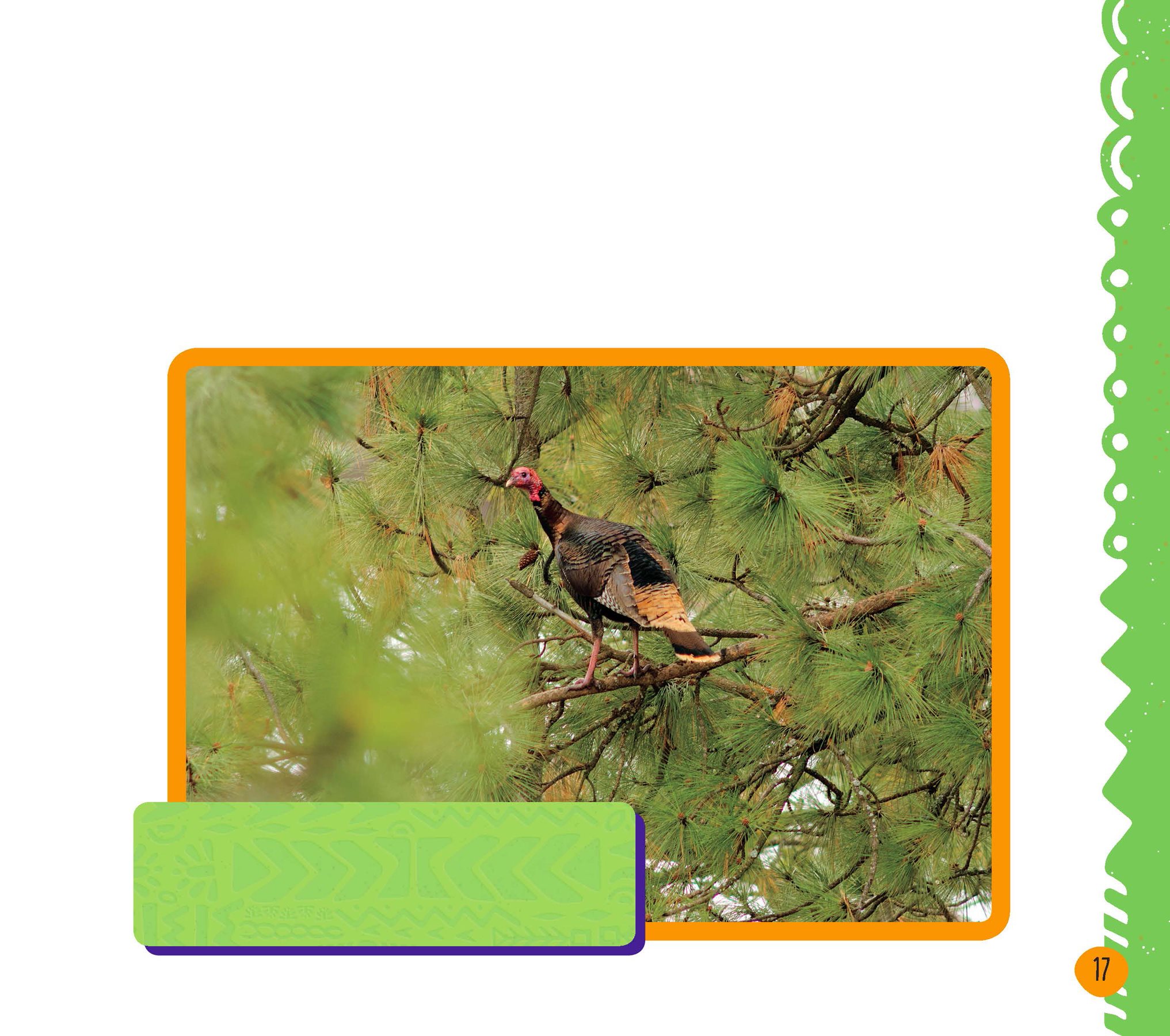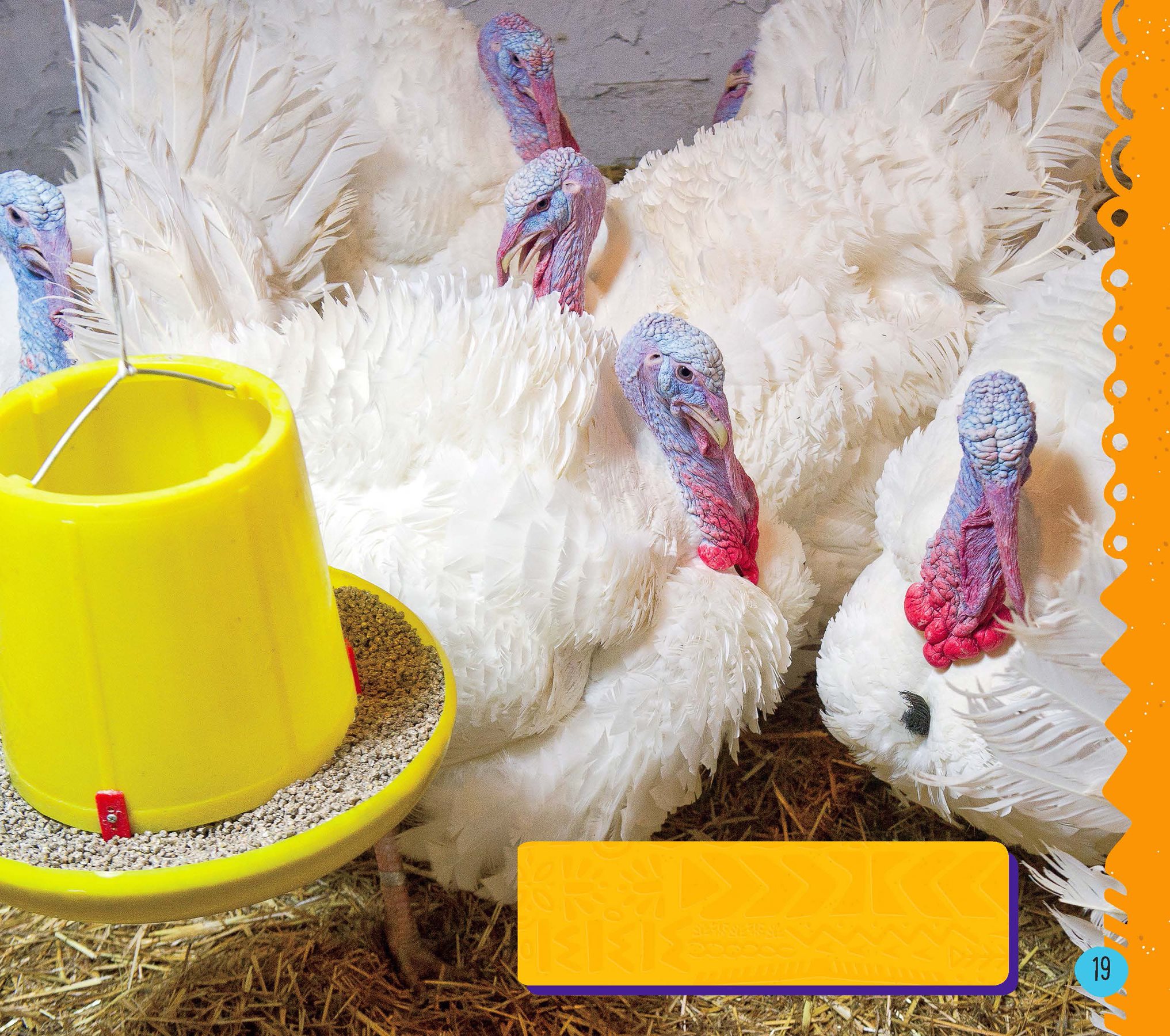Table of Contents
Guide
Page List
Turkeys Julie Murray Big Buddy Books An Imprint of Abdo Publishing
abdobooks.com
abdobooks.com Published by Abdo Publishing, a division of ABDO, PO Box 398166, Minneapolis, Minnesota 55439.
Copyright 2020 by Abdo Consulting Group, Inc. International copyrights reserved in all countries.
No part of this book may be reproduced in any form without written permission from the publisher.
Big Buddy Books is a trademark and logo of Abdo Publishing. Printed in the United States of America, North Mankato, Minnesota
052019
092019 Design: Sarah DeYoung, Mighty Media, Inc.
Production: Mighty Media, Inc.
Editor: Liz Salzmann Cover Photograph: Shutterstock Interior Photographs: iStockphoto (p. 21); Shutterstock (pp. 45, 6, 9, 10, 13, 15, 16, 17, 19, 23, 25, 27, 2829) Library of Congress Control Number: 2018939896 Publishers Cataloging-in-Publication Data Names: Murray, Julie, author. Title: Turkeys/ by Julie Murray.
Description: Minneapolis, Minnesota : Abdo Publishing, 2020. | Series:
Animal kingdom | Includes online resources and index. Identifiers: ISBN 9781532116568 (lib.bdg.) | ISBN 9781532158056 (ebook) Subjects: LCSH: Turkeys--Juvenile literature. | Birds--Juvenile literature. | Birds--Behavior--Juvenile literature. Classification: DDC 598.645--dc23
Contents
Turkeys Turkeys have lived in North
America for thousands of years.
American settlers hunted turkeys.
Native Americans were the first
people to raise turkeys for food.
Turkey is a favorite food for many
people today. Some people hunt wild
turkeys and eat them. People can
buy turkey meat at stores too.
Wild turkeys are found
throughout most of
the United States.
Chickens are the most
common poultry.
Turkeys are poultry.
Poultry are birds
that people raise for food. Other poultry
are chickens, ducks, and geese.
What They Look Like Farm turkeys may have white, black,
brown, red, or green feathers. Most wild
turkeys have reddish-brown or gray
feathers. Turkeys have no feathers on
their necks and heads.
Male turkeys look different from
female turkeys.
Males are bigger and
have ruffled, more colorful feathers.
Snood wattle A turkeys wattle and
snood are commonly red.
Turkeys have wattles that hang at
their throats. They have snoods that
hang above their beaks. Male turkeys,
or toms, have spurs on their legs.
Farm turkeys are heavier than wild
turkeys.
Many farm turkeys are too
heavy to fly. Farm toms can weigh up
to 40 pounds (18 kg). Female turkeys, or
hens, are smaller and lighter. Wild turkeys can fly and move faster
than farm turkeys. Wild toms weigh
between 10 and 16 pounds (5 and 7 kg).
Where They Live Farm turkeys live in many places
around the world.
Where They Live Farm turkeys live in many places
around the world.
Wild turkeys live in
the United States, Mexico, and
Guatemala.
The colorful ocellated turkey
lives in Mexico and Guatemala.
Wild turkeys live for
three to four years.
Wild turkeys live in forests, fields, and
near croplands. At night, wild turkeys fly
into the trees to roost.
Eating Farm turkeys eat wheat, corn, and
seeds.
Eating Farm turkeys eat wheat, corn, and
seeds.
They also eat insects they find
on the ground. Farmers give their
turkeys clean water every day.
Farmers give turkeys special
food to help them grow.
Wild turkeys spend much of their
time searching for food. They often
scratch the ground while searching.
Wild turkeys eat insects, acorns,
berries, and nuts.
A Turkeys Life Farmers take care of their turkeys.
Some farmers let their turkeys run

